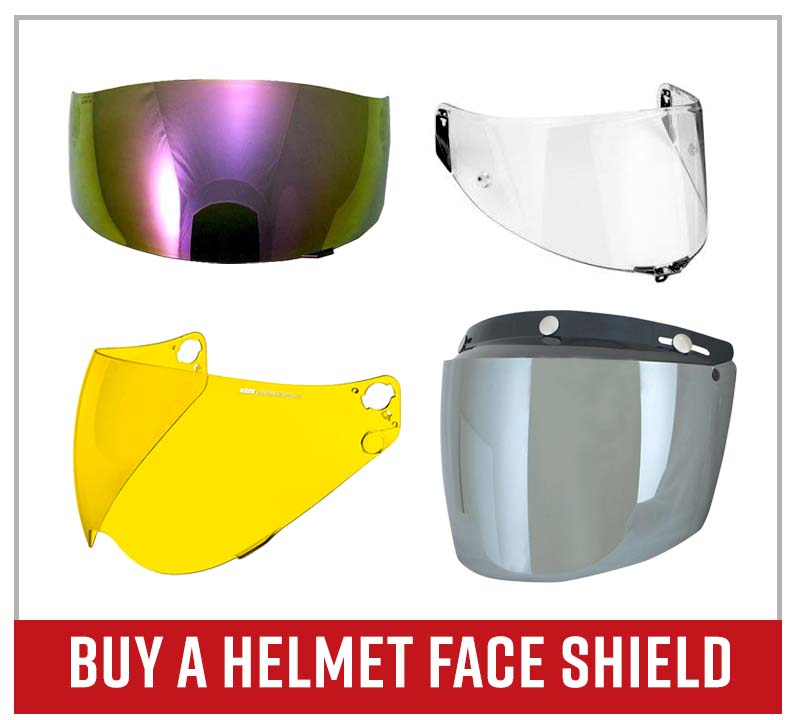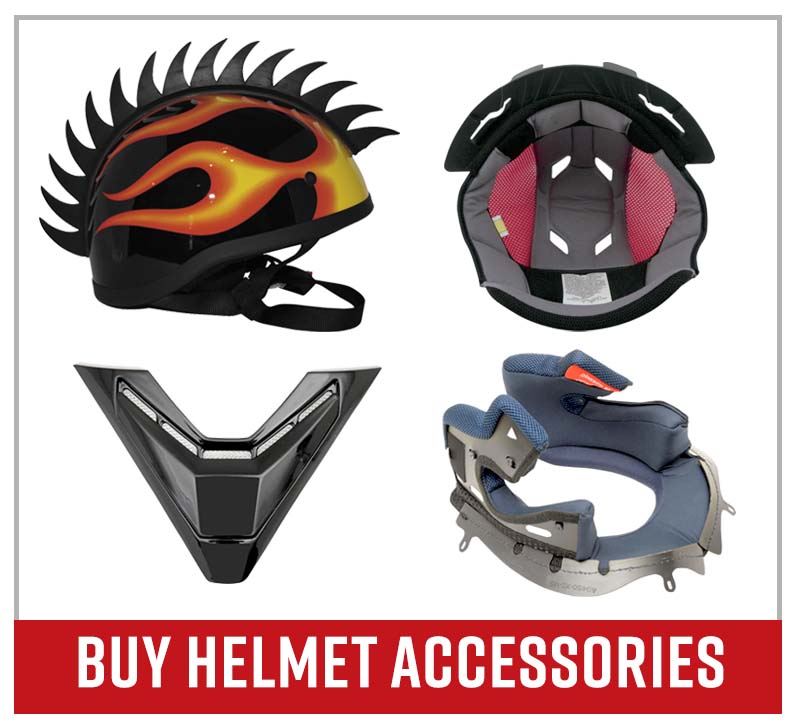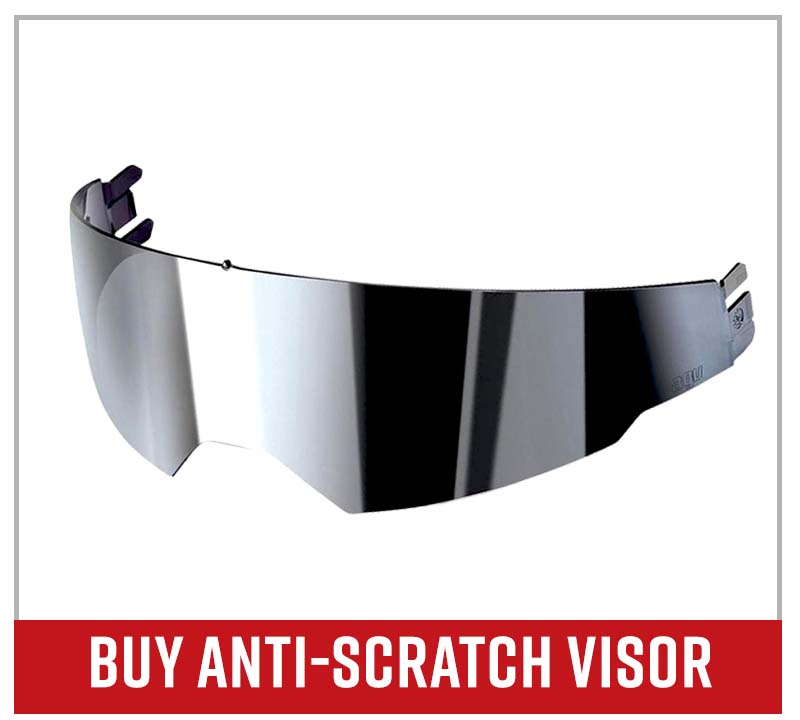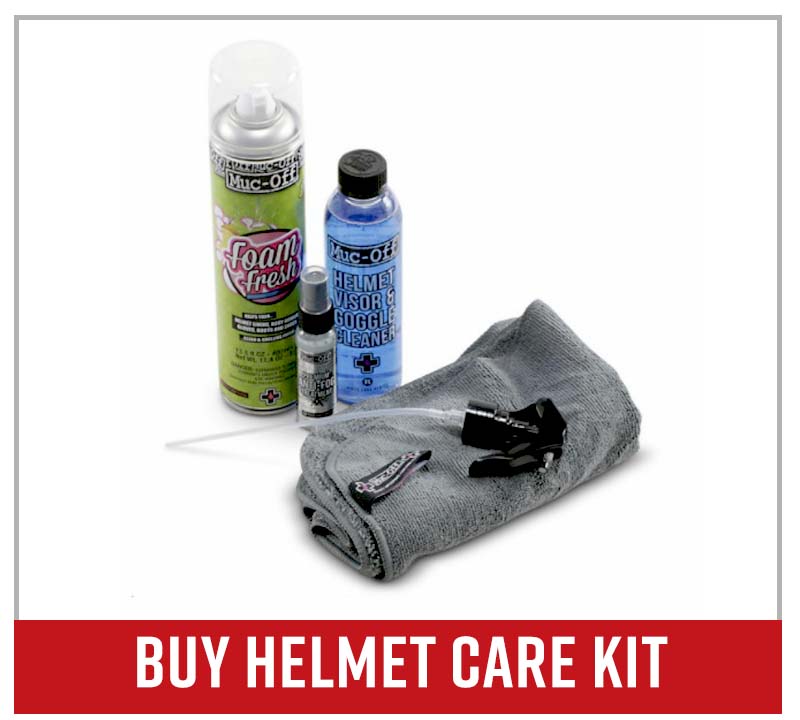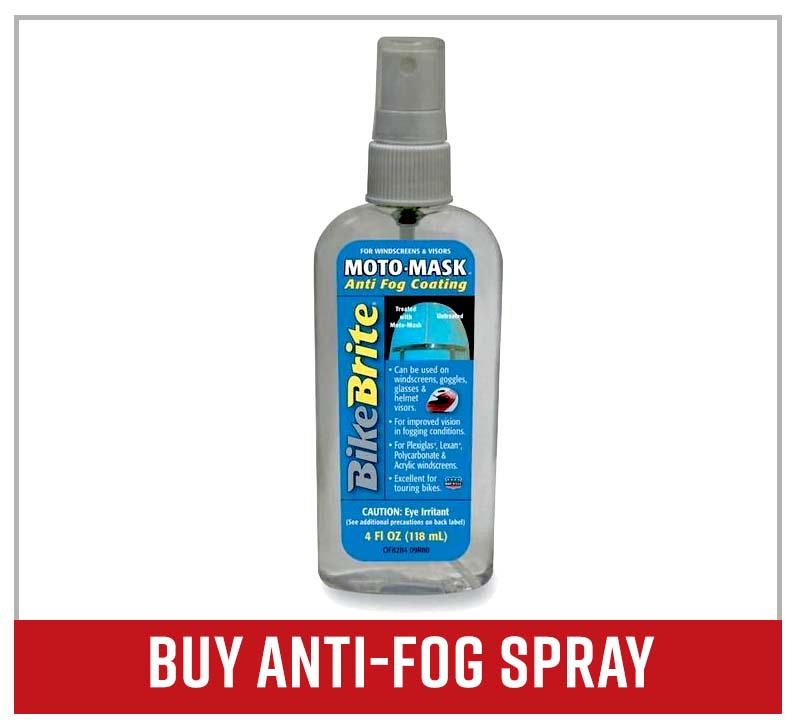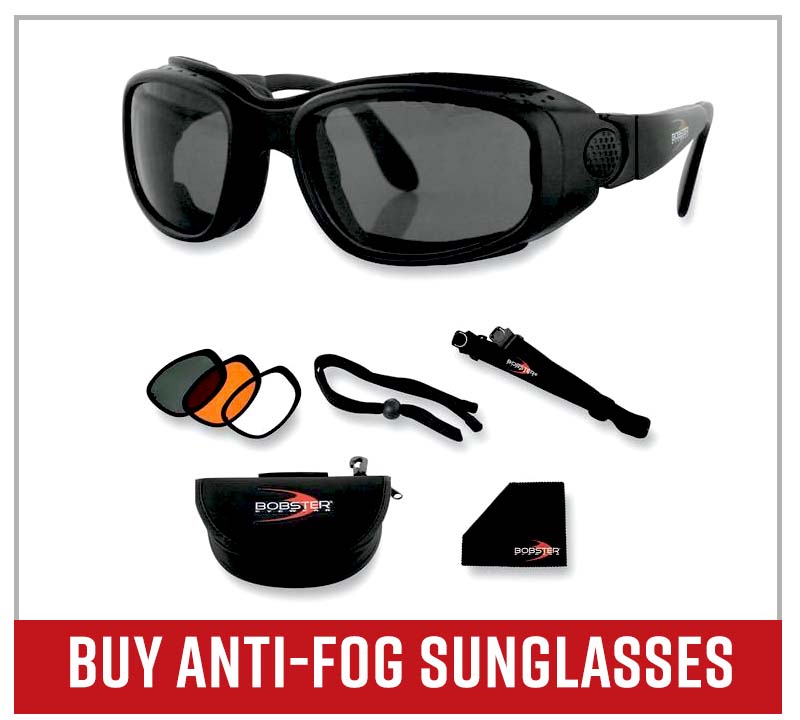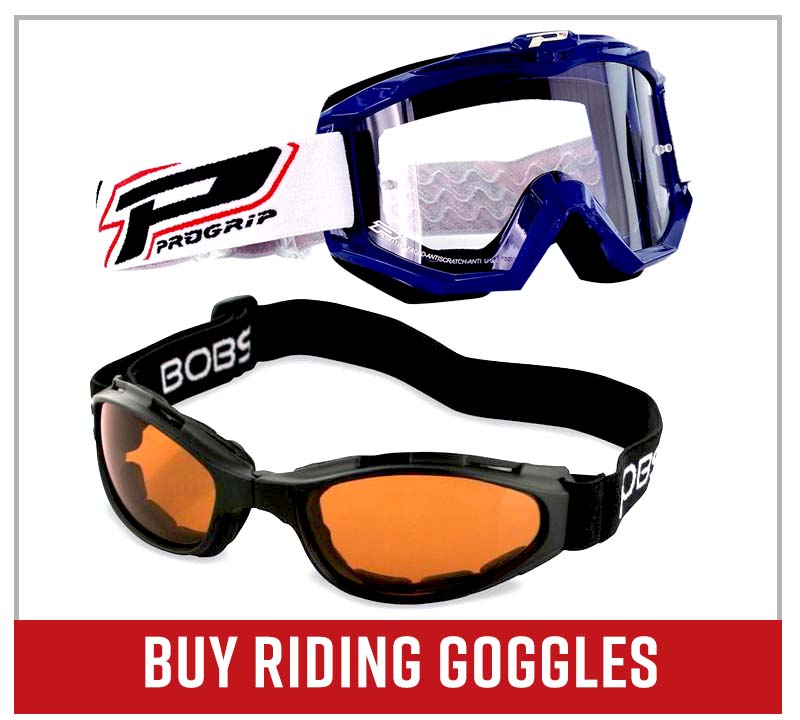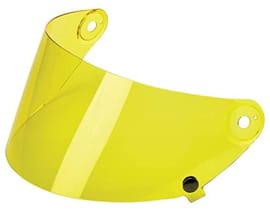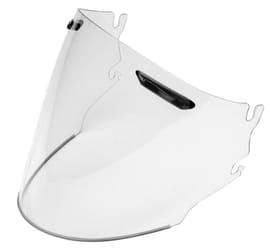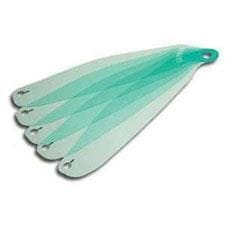Motorcycle Helmet Visors: Things to Know
Motorcycle helmet visors or face shields protect your eyes from elements like wind and rain, as well as flying debris like rocks and bugs that can hit your eyes at high speeds.
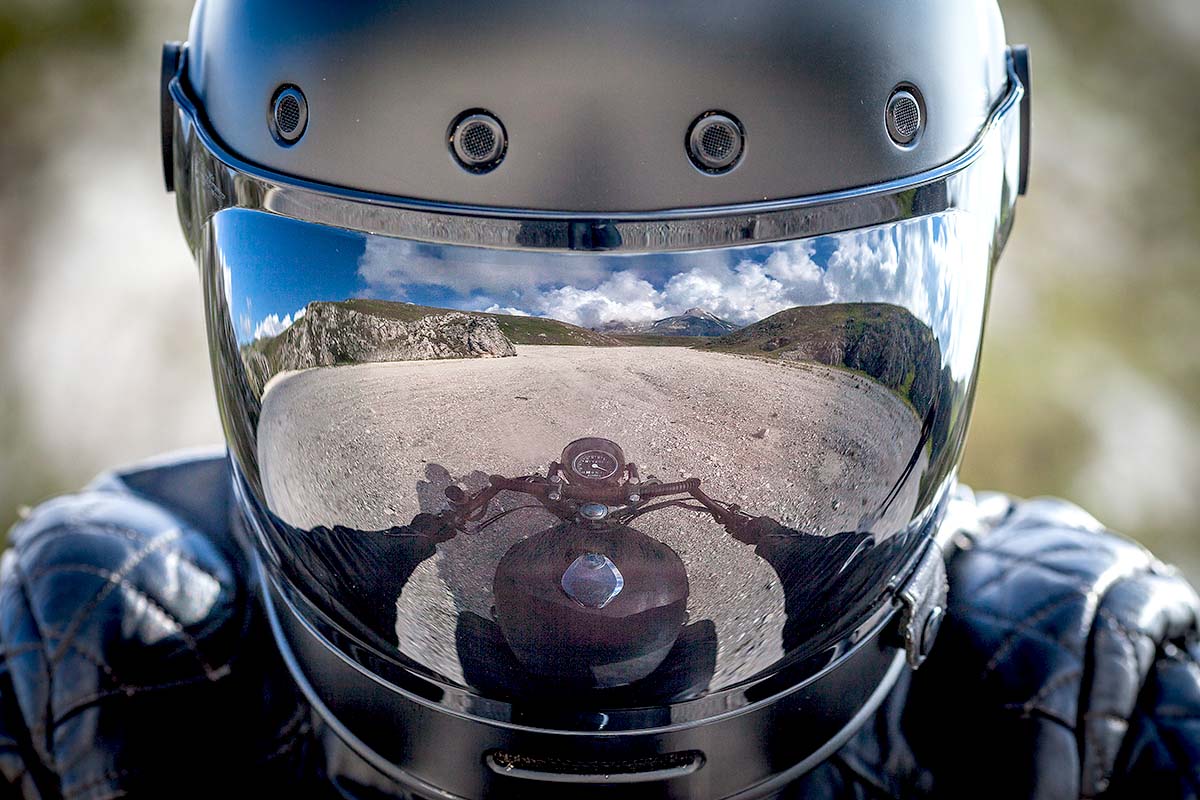
Visors and eyewear like riding goggles and sunglasses also protect your eyes from sunlight, which has UV rays that can permanently damage your vision, or blind you enough to get you in a serious accident. Here are some things to consider when choosing helmet visors.
NOTE: This article is not about offroad helmet peaks, which are also known as visors. On street motorcycle helmets, the interior sunshield is also known as the visor. However, "face shields” are also commonly referred to as “visors”, and both terms are used interchangeably in this article.
Replacing Helmet Visors
Visors are impact-resistant and transparent polycarbonate shields that hinge down over the front of a helmet to protect your eyes and face. Whether a motorcycle helmet comes with a visor or not, it’s important to have one available that’s clean and free of scratches. A helmet visor can be replaced, and any impairment to your vision from scratches is your cue to swap it out. Your motorcycle helmet’s manual should have instructions on how to replace the visor, as well as details on what face shields are compatible with it.
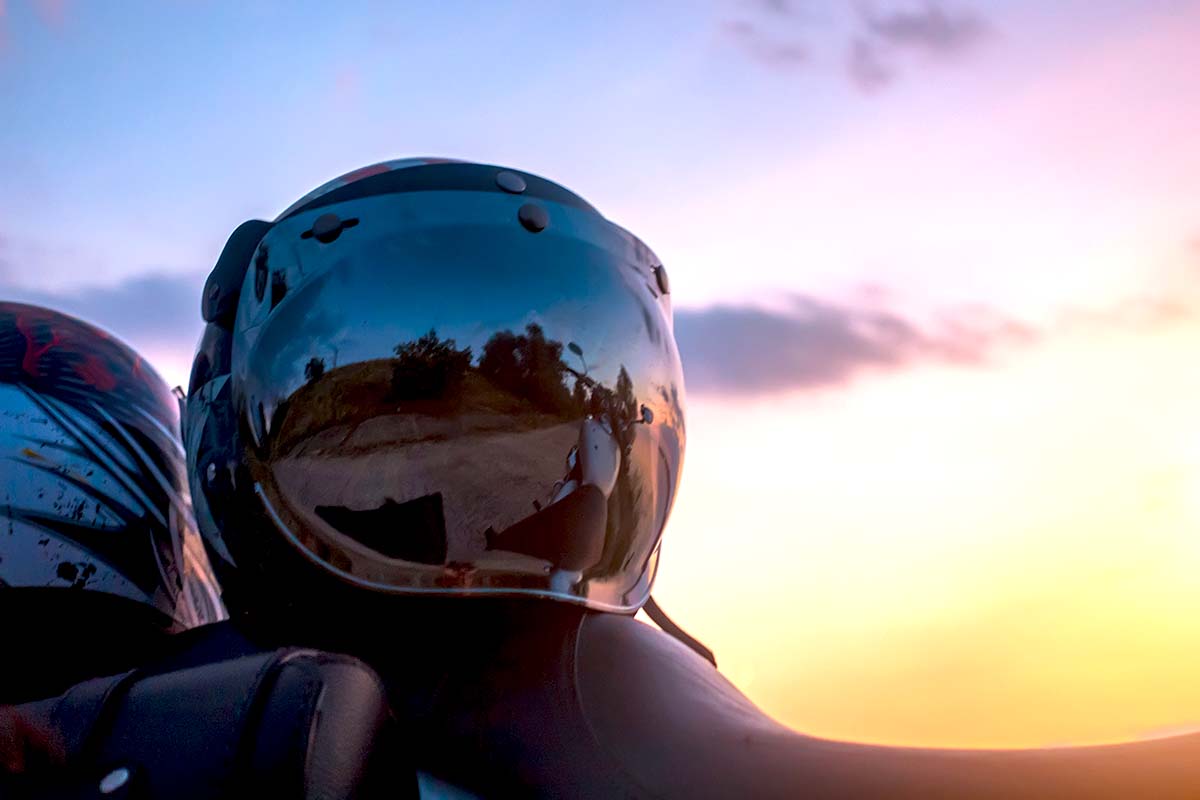
Chin and Mouth Protection
Full-face helmets come with visors that extend from the top of the helmet down to the chin bar. However, in the case of open-face helmets and half helmets, the visor typically only protects the eyes and not the chin, if it even comes with a visor at all. Whatever helmet type you choose, make sure you get one that can be fitted with a visor to protect both your chin and mouth, or consider getting helmet accessories like chin bars and mouthpieces.
Sun Visors
As already mentioned, motorcycle helmet visors protect your eyes from sunlight damage, and any quality sun shield should also be effective at reducing glare to improve visibility. Helmet shield technology continues to advance, and integrated drop-down sun visors with either manual or automatic activation are becoming more common as a standard helmet feature.
Fogging and Scratching
Sunlight isn’t the only vision impairment when wearing a motorcycle helmet visor. Fogging from atmospheric condensation as well as from the rider’s breath is a major concern. Seek out helmet visors that are made with anti-fogging and anti-scratch technology. Sun visors aren’t always made to be fog- and/or scratch- resistant, but there are specialty anti-scratch shield and anti-fog shields available in multiple colors for various levels of protection. A breath guard can also help with preventing the fogging of a face shield.
Tinted Visors
While tinted visors look cool, they’re not meant to be worn at night. Tinted visors are made with UV-resistant materials and color coatings that are great for protecting your eyes from sunlight, but can drastically reduce your vision as the sun goes down. And of course the darker the visor, the more it impairs your vision.
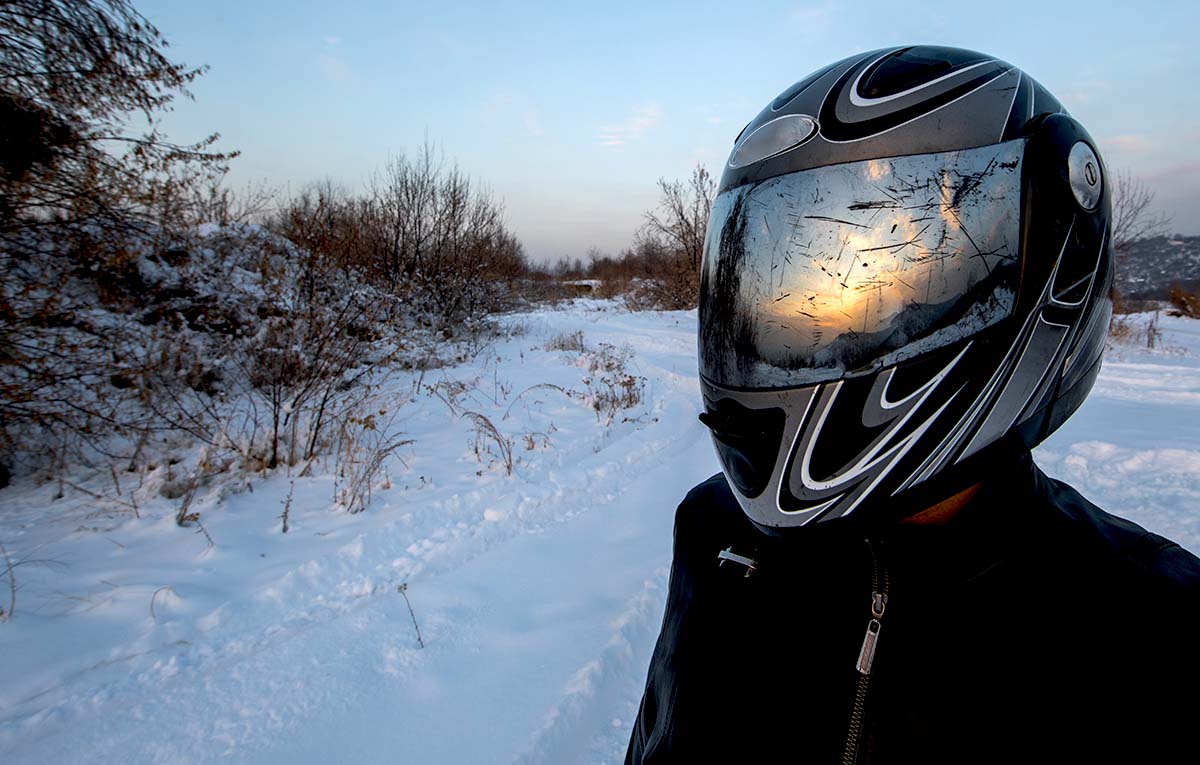
Tinted Visor Pros
Glare reduction. The glare from sunlight and traffic lights can disorient a rider. However, while tinted visors are great for blocking sunlight glare, it’s recommended you opt for lightly tinted or clear anti-fogging goggles or sunglasses for night riding.
UV protection. Ultraviolet rays are bad for your eyes, and overexposure can lead to macular degeneration and cataracts. As already mentioned, tinted visors are made with UV resistant materials for better eye protection during the day.
Eye fatigue prevention. If you’re riding for long periods of time, keeping your eyes open for too long while riding creates eye fatigue. Tinted visors paired with quality sunglasses or goggles help reduce eye fatigue during long daytime road trips.
Once again, using tinted visors is not recommended for riding at night, and neither at dusk or on overcast days. They can affect your peripheral vision as it gets darker, and make you focus only on bright lights instead of your entire surroundings.
Motorcycle Helmet Visor Additional Tips
Always carry a spare, clear visor in a protective cover to prevent it from getting scratched. And even if your bike has a windshield, you should still use a helmet big enough to accommodate a visor and/or protective goggles. If you only have a tinted visor available after dark, flip it up, keep your speed low and wear glasses or goggles.
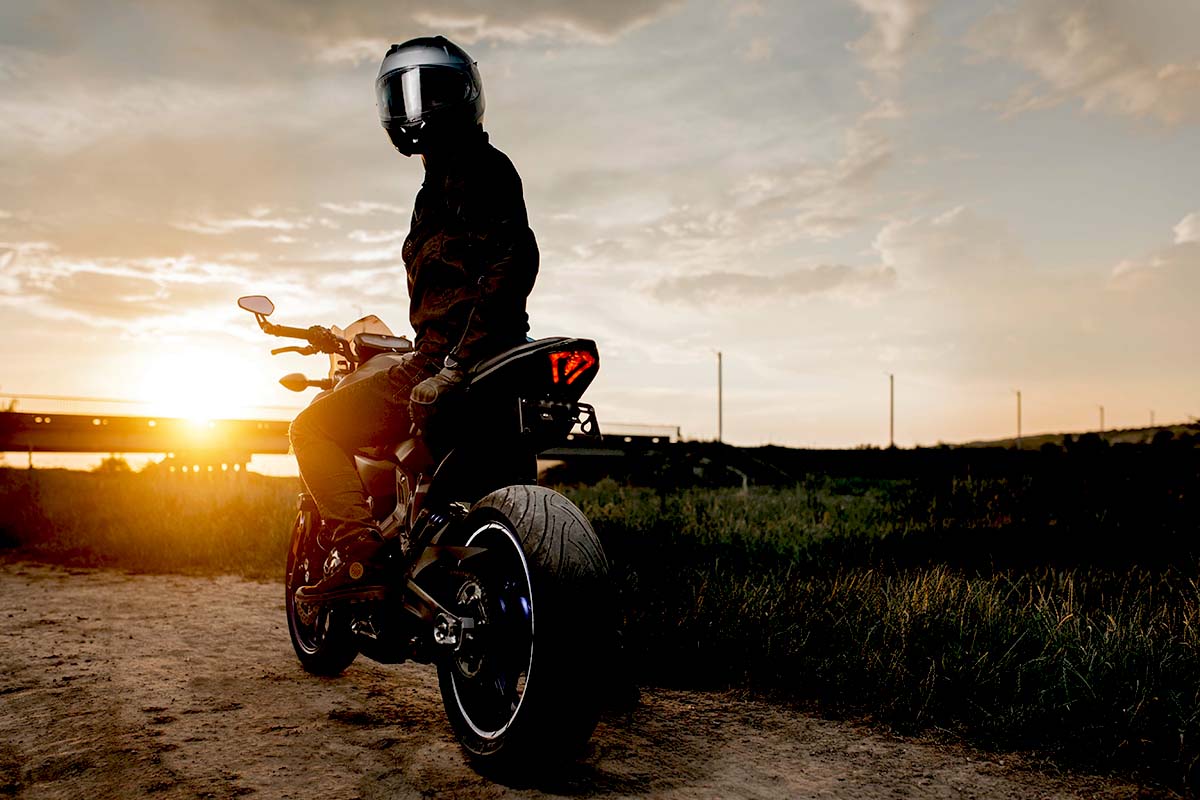
Finally, always keep helmet visors clean with soap and water, and treat them with an anti-fogging product. Many helmet care kits come with anti-fogging products for both visors and goggles, in addition to cleaner and polish for the helmet itself.
